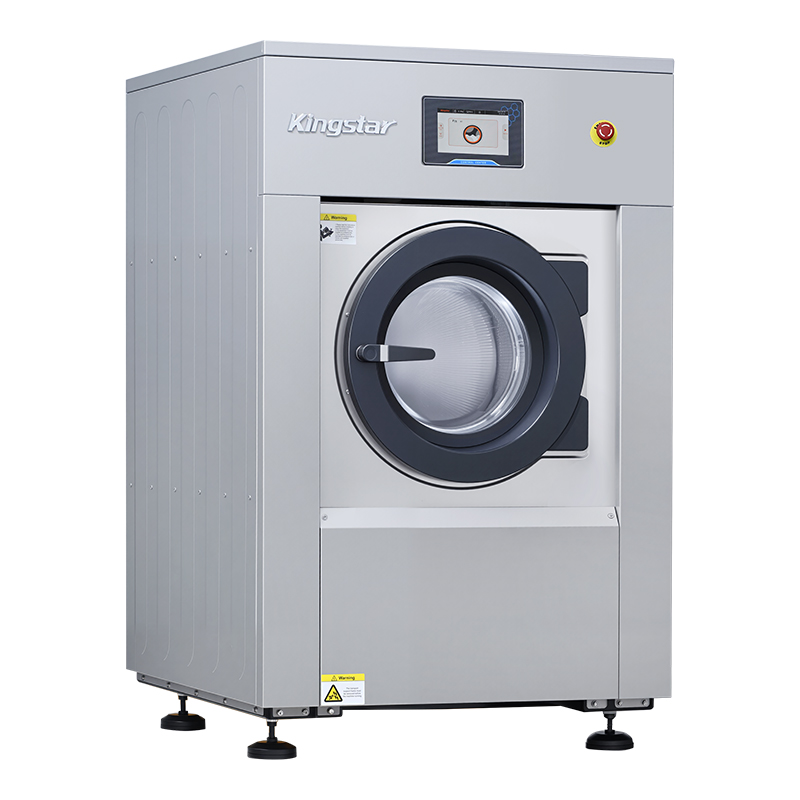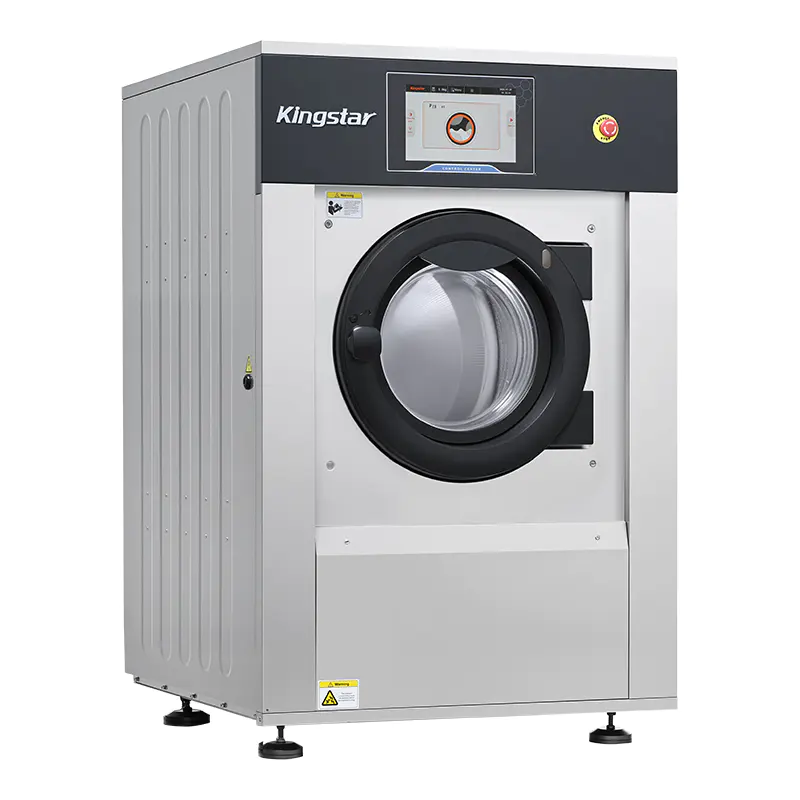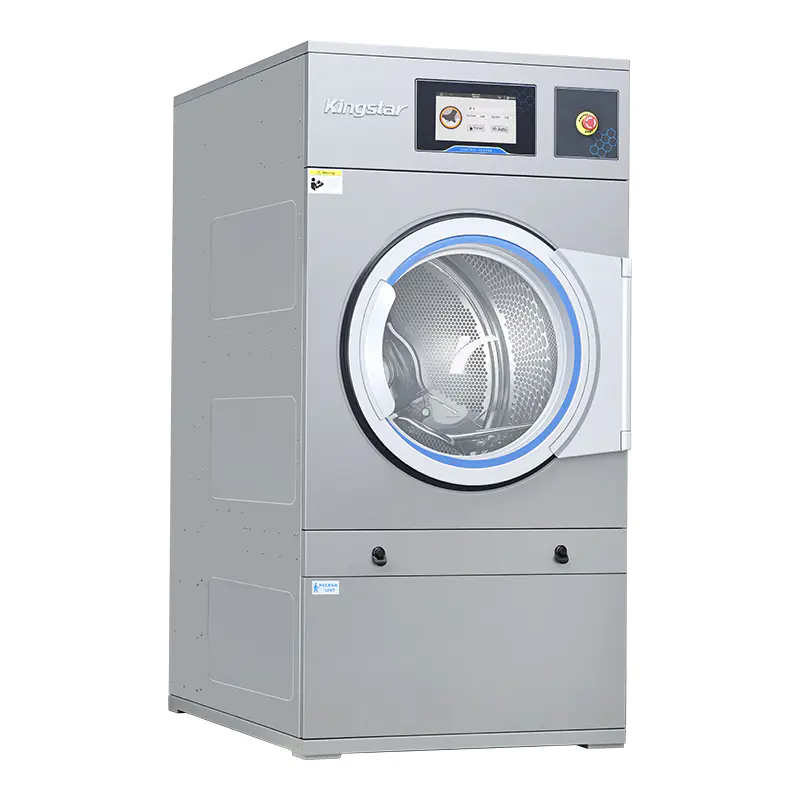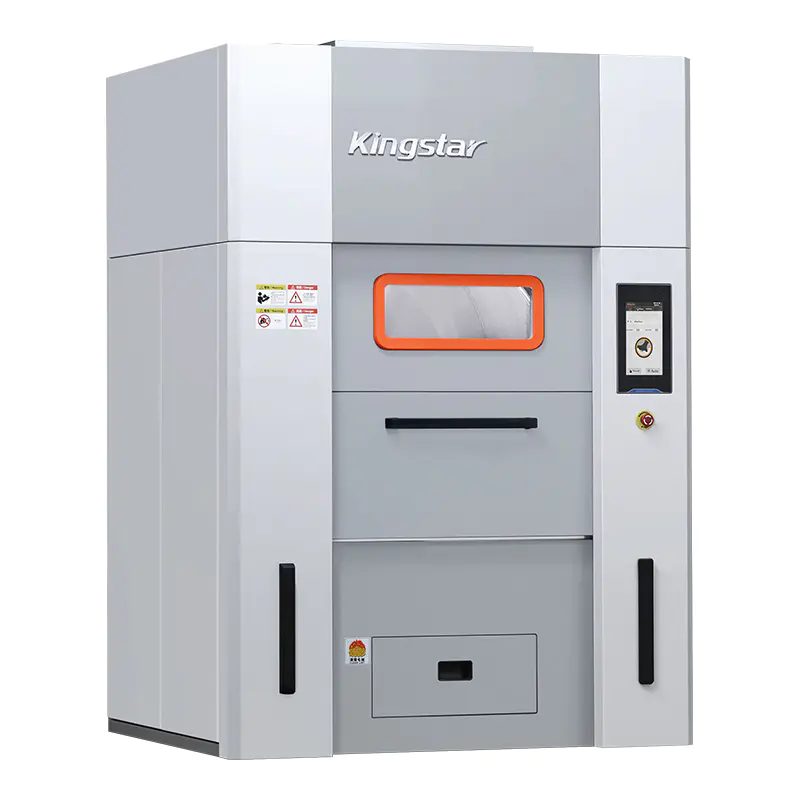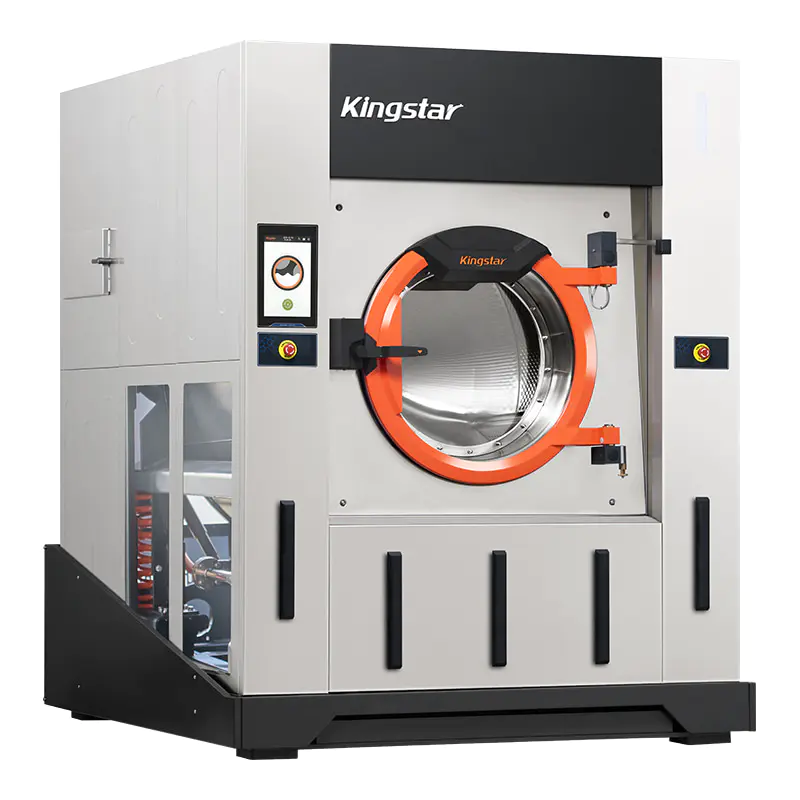
From Reception to Return: How to Optimize Every Step of Your Laundry Workflow
In the highly competitive laundry industry, service quality can determine a store’s reputation and profitability. The journey of every piece of clothing, from collection to delivery, directly affects customer satisfaction and loyalty. This article will deeply analyze the core management details of the entire laundry service process to help laundry operators systematically improve service quality.
Reception Counter
The customers’ first impression of the laundry shop is formed here. Precise and transparent operations are really important.
- Bright and clear inspection area
The illuminance in all work areas should be no less than 500 lux to ensure that details of the clothes (inside pockets, seams, linings) have nowhere to hide.
- Comprehensive pre-treatment
Systematically check every piece of clothing to identify stains, wear, and blemishes. Use colorful marks to mark the positions of the stains (collar, cuffs). Never simplify a process due to being busy. If all inspections cannot be done when picking up the clothes at the customers’ doors, it is necessary to clearly inform the customer that “if any problems are found later, we will communicate in a timely manner.”
- Active communication and record
If there are any problems, the laundry shop must immediately communicate with the customers and keep a detailed record. The problems that are not found in the acceptance section may cause business liability disputes if they are exposed later.
- Customer satisfaction
Laundry shops should pay attention to the silent loss of clients. Low complaint rate doesn’t mean high satisfaction rate. They should continuously evaluate the service quality and find the real root cause of the poor turnover.
Pretreatment
Pretreatment is the core defense line to ensure the cleaning effect and prevent secondary damage.

- System recheck and label check
Before cleaning, laundry shops should recheck the cleaning labels and carefully check the pockets and linings (especially for situations where counter inspections are restricted).
- Detect invisible stains
Use technical methods such as ultraviolet lamps to identify water-based stains that customers often overlook (champagne, white wine, and sugary tea stains). These stains are hard to remove by dry cleaning. They are prone to caramelization at high temperatures during drying or ironing, especially leaving permanent brown marks on delicate fabrics like chiffon.
- Advantages of wet cleaning
For common water-based stains, wet cleaning is usually more effective. Some adsorptive food stains may instead become apparent during dry cleaning.
- Customer risk aversion
If the unfounded stains during acceptance are eventually overlooked, then the risk of customers reasonably lodging complaints that “such stains were not present when sent for washing” is extremely high. This kind of complaint must be handled properly. Otherwise, it is extremely easy to escalate conflicts and damage the reputation of the laundry shop. Some slight stains are covered by daily dust, and they are fully revealed after professional cleaning. It is also necessary to inform the customer in advance to avoid misunderstanding.
Inspection after Washing
When clothes are picked out from the machines, they must be checked instantly. (The flat laying operation is better.)
- Thermal treatment
If the stains produced by drying are not fully thermally cured, they will become extremely stubborn after being ironed at high temperatures with steam.

- Warning of high-risk stains
Bloodstains, egg stains, and other protein-containing stains are highly resistant to pretreatment. High-temperature ironing will make them more difficult to remove and cause permanent damage to delicate fabrics such as silk.
- Verification of cleaning effect
Make sure there are no new problems during the cleaning process.
Ironing and final inspection
- The challenge of ironing
When facing some slight residue stains, some ironing workers choose to ignore these stains because they don’t want to rework and repeat the entire process.
Some stains may remain in a concealed way after washing, and they may temporarily disappear by brushing or gently scraping, but will reappear during storage or after steam treatment.
- Final check
This section requires high concentration and needs people to identify slight blemishes in a strict standard (poor ironing, stain residue).
Anti-fatigue management: It is recommended that a single continuous inspection should not exceed 45 minutes, especially before the end of the workday.
- Systematic checklist
Has the stain been completely removed? (most common point of complaint)
Does the processing and treatment comply with the technological standards?
Perfect appearance details? (zipper check lubrication, button fastening...)
Additional services (replace the zipper/button...) to be achieved?
Better inspection order: If any defect is found, the entire garment should be thoroughly inspected before rework. Stain issues must be handled first before ironing problems to avoid repetitive work.

Showcase of Clothes
Delicate clothes directly reflect the professional values.
Use lightweight chains equipped with appropriately sized connecting rings to let all kinds of clothes rotate freely at an appropriate height.
The showcase of the best conditions directly enhances the customers’ convenience in washing effects and detailed treatment.
An international high-end dry cleaning brand launched the “UV stain detection system” and a “45-minute quality inspection shift system” in its full-process management. In a year, the rate of non-quality complaints from customers has dropped by more than 70%, and the rate of repeated cleaning has decreased by 50%.
Conclusion
The competition in the laundry industry is actually the competition of details. From the first 500-lux light on the counter to the final rotation of the display chain, every touch is not a simple operation but a promise of credibility. When an old laundry shop in London installed ultraviolet detectors in the fitting rooms, the monthly return wash rate dropped by 37%, and the revenue rose by 12% month-on-month. The professional investment in the subtle aspects will eventually converge into a business moat. Quality lies in the next overlooked crease, and profit begins with the previous stain spot discovered in advance.
ADD:No.388 Xinggang Road, Chongchuan District, Nantong City, 226000, Jiangsu Province, China.
-
Phone: +86-13917089379
-
Tel:+86-13917089379
-
Fax:+86-0513-85663366
-
E-mail:[email protected]
